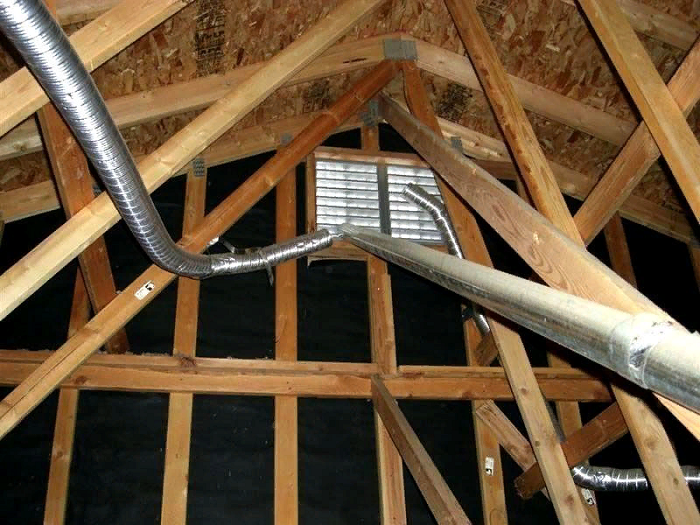A well -ventilated attic improves the quality of life inside the house, that is, contributes to the health of your family. In addition, the roof and ventilation holes can reduce cooling costs in the summer and prevent ice in winter. But that’s not all. Providing the roof with good ventilation will help extend the life of roofing materials, especially tiles, prevent mold or rot by reducing moisture accumulations.
You can also find out about the type of roofs and their advantages. For example, we have found an article on a site that talks about how different types of roofs of houses differ, namely the pitched and flat. And in our article you will learn about how to make ventilation on the roof and about the benefits that you will receive thanks to this decision.
A well -ventilated attic offers four advantages:
Prevents the growth of mold and rot on the roof and skin due to a decrease in moisture accumulations
Helps to prevent ice in winter and keeps the roof in cool in the summer.
Extends the life of roofing materials, especially tiles, preserving it in coolness in the heat.
Reduces the cost of cooling the house in the warm season. The savings will be small if the attic is well isolated and large in the absence of isolation.
In this article we will talk about when you need additional ventilation, how to install several types of passive ventilation holes and how to support your available ventilation.
Improving the ventilation of the attic is not expensive, it will take a little time and will not complicate even specialists with little experience of such work. You will need your hands and several tools, however, lifting on the roof may require compliance with certain safety measures.
Before you start making holes in your roof, check what you can do with an existing ventilation system.
one. Add air gutters
Set air gutters in rafter spaces to maintain air between the rafters and the roof lining. By the way, you can scratch your skin from isolation. To reduce itching, cover your arms, face and neck talcum.
2. Hide the gaps
Seal the intervals around pipes, ventilation, ducts and electric boxes using foam or plugs. This will help keep the attic from wet and warm air hit.
3. Clean the holes
Clean your ventilation holes every few years with compressed air. Always do this after installing air gutters, because you are likely to get the isolation down into the floor.
If work with existing ventilation has no results, create new holes. Start with the installation of sofits under the roof.
one. Mark the places under the holes. You can do this with a simple cardboard sheet in which you made a hole equal to the bought ventilation sophim.
2. Cut the hole
3. Install ventilation sophite
Now about work on the roof. There are cubic metal ventilation holes that work well on the pitched roofs.
one. Cut the hole for ventilation. Cut the roofing material under it.
2. Raise the roof areas and gently place the ventilation dome under it, then reliably fix ventilation on the roof.
3. Attach the roof back.
If work is difficult, hire a specialist.








